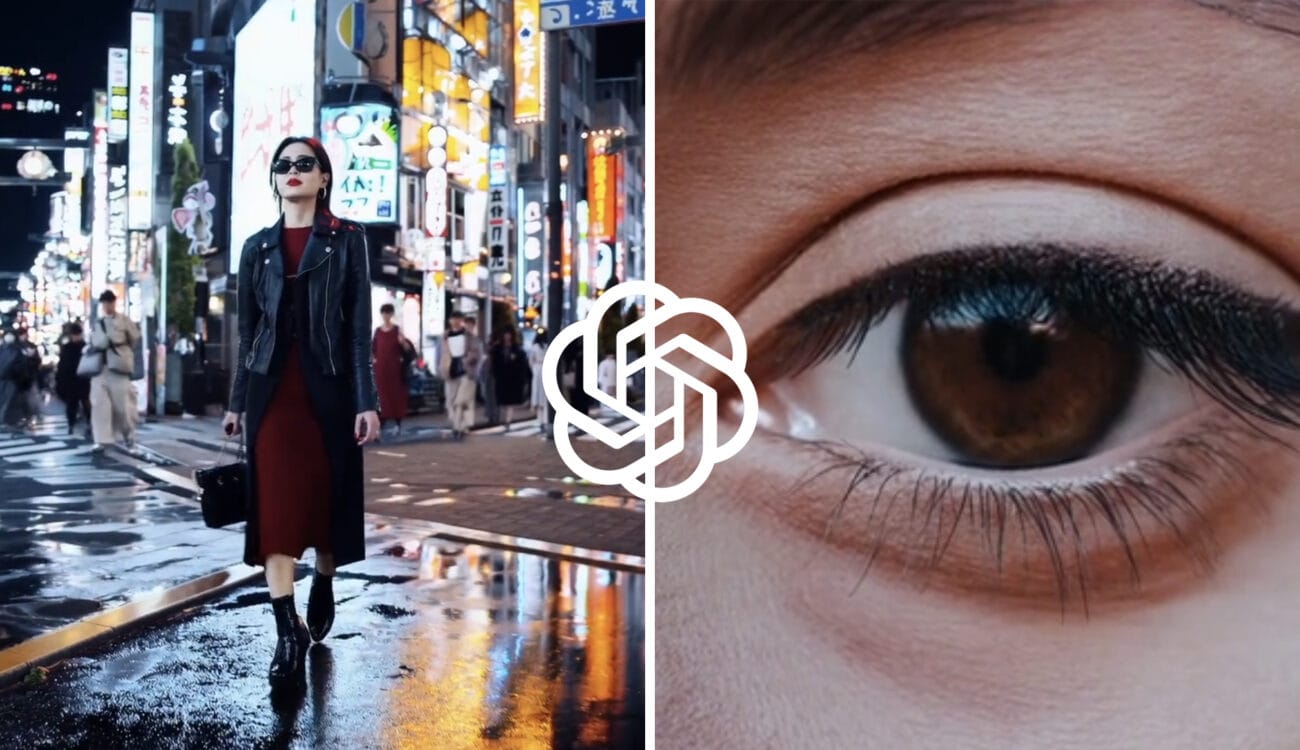Key Takeaways:
I. Sora's advanced AI video generation capabilities represent a significant disruption to the creative software market, challenging Adobe's established position.
II. Adobe's integrated ecosystem and focus on commercial viability provide a strong foundation, but the company must accelerate innovation to compete effectively.
III. The future of the creative software market will be shaped by the interplay of technological advancements, market adoption, and ethical considerations surrounding AI-generated content.
OpenAI's Sora has made a disruptive entry into the creative software market, challenging Adobe's long-held dominance with its impressive AI video generation capabilities. While Adobe possesses a strong incumbent advantage with its integrated Creative Cloud suite, Sora's ability to produce high-definition videos of up to a minute in length from simple text prompts poses a significant threat. This clash between an established ecosystem and a disruptive newcomer necessitates a deep analysis of the competitive landscape, technological advancements, and strategic implications for the future of creative software.
Sora vs. Firefly: A Comparative Analysis
Sora's ability to generate minute-long, 1080p videos from text prompts represents a significant leap forward in AI video generation. This contrasts sharply with Adobe Firefly's current limitations, which restrict video length to seconds and offer lower resolution. This technical disparity has significant strategic implications for both companies.
OpenAI's strategy with Sora appears to be focused on democratizing access to advanced AI video generation, targeting a broad user base. Adobe, on the other hand, leverages its existing Creative Cloud ecosystem, focusing on integration and commercial viability for professional users.
While Sora's technical capabilities are impressive, questions remain about its training data and potential copyright implications. Adobe's use of commercially licensed content for Firefly mitigates these concerns, but its current technical limitations hinder its broader applicability.
The computational resources and data advantages of each platform will play a crucial role in their future development. Sora's access to vast datasets and powerful computing infrastructure allows for rapid iteration and innovation. Adobe, however, benefits from its extensive user base and the rich data generated within its Creative Cloud ecosystem, enabling continuous optimization and refinement of its AI models.
The Future of Creative Workflows: AI's Evolving Role
AI video generation tools like Sora and Firefly are poised to revolutionize creative workflows. By automating repetitive tasks, these tools empower creatives to focus on higher-level aspects of their work, such as storytelling, conceptualization, and artistic expression. This shift necessitates the development of new skillsets, with a growing emphasis on AI proficiency and data analysis within the creative industry.
The creative job market will undoubtedly be impacted by the rise of AI video generation. While concerns about job displacement are valid, new opportunities are likely to emerge. Demand for specialists in AI system management, prompt engineering, and AI-assisted creative direction is expected to grow, requiring creatives to adapt and acquire new skills.
The AI video generation market is projected to experience significant growth in the coming years, driven by increasing accessibility of AI tools, rising demand for video content across various sectors, and ongoing technological advancements. This expansion presents both opportunities and challenges for established players like Adobe and emerging startups like OpenAI.

The proliferation of AI-generated video content raises important ethical considerations. The potential for misuse, particularly with deepfakes and copyright infringement, necessitates the development of robust detection technologies, clear regulatory frameworks, and responsible AI development practices. Addressing these ethical challenges is crucial for fostering trust and ensuring the sustainable growth of the AI video generation market.
Innovation and Adaptation: Adobe's Path Forward
Adobe's current strategy centers on integrating AI capabilities into its existing Creative Cloud ecosystem, leveraging its established user base, brand recognition, and familiar workflows. This approach offers a commercially safe and user-friendly environment for creative professionals already invested in Adobe's suite of tools.
To maintain its competitive edge in the face of disruptive innovation, Adobe must accelerate its AI research and development efforts. This includes exploring strategic partnerships with AI startups, potentially acquiring companies with cutting-edge technologies, and significantly increasing investment in its own AI capabilities. The substantial financial commitments of competitors like OpenAI and xAI highlight the scale of investment required to compete effectively in this rapidly evolving market.
The Future of AI Video: Scenarios and Strategic Implications
The future of AI video generation is rife with possibilities and uncertainties. Several scenarios are plausible: Adobe, through aggressive innovation and strategic partnerships, could maintain its market leadership. Alternatively, OpenAI's disruptive technology and broader accessibility could reshape the creative landscape, challenging Adobe's dominance. A hybrid future is also conceivable, with both established players and emerging startups coexisting and catering to different market segments. The ultimate outcome will depend on a complex interplay of technological advancements, market adoption rates, regulatory frameworks, and the strategic decisions made by key players in the industry.









